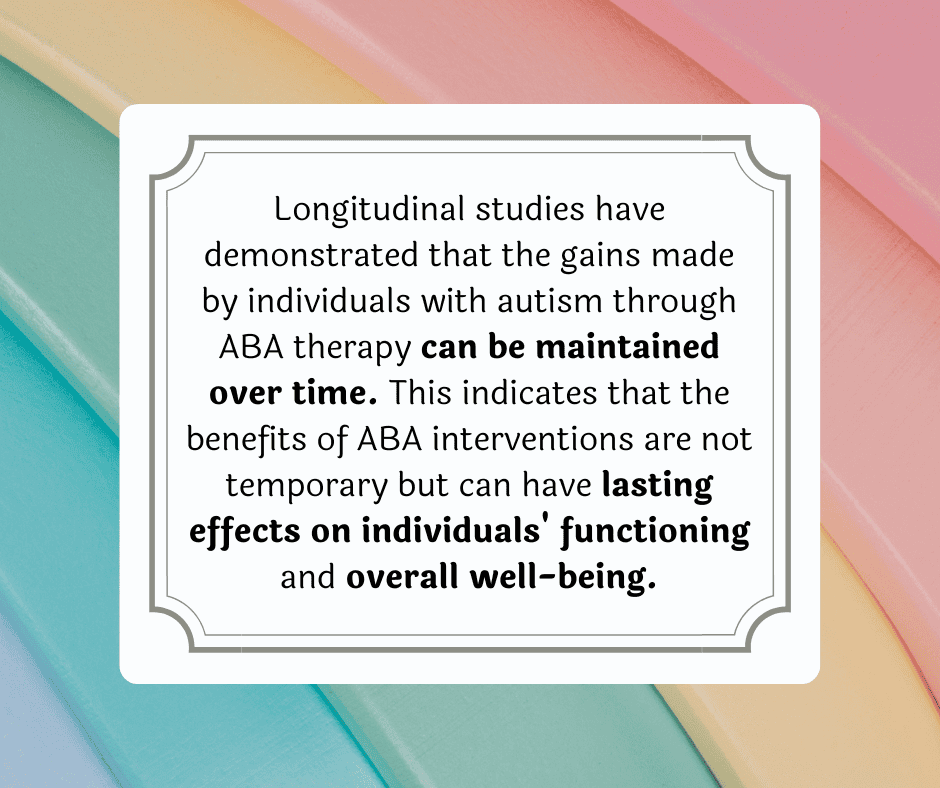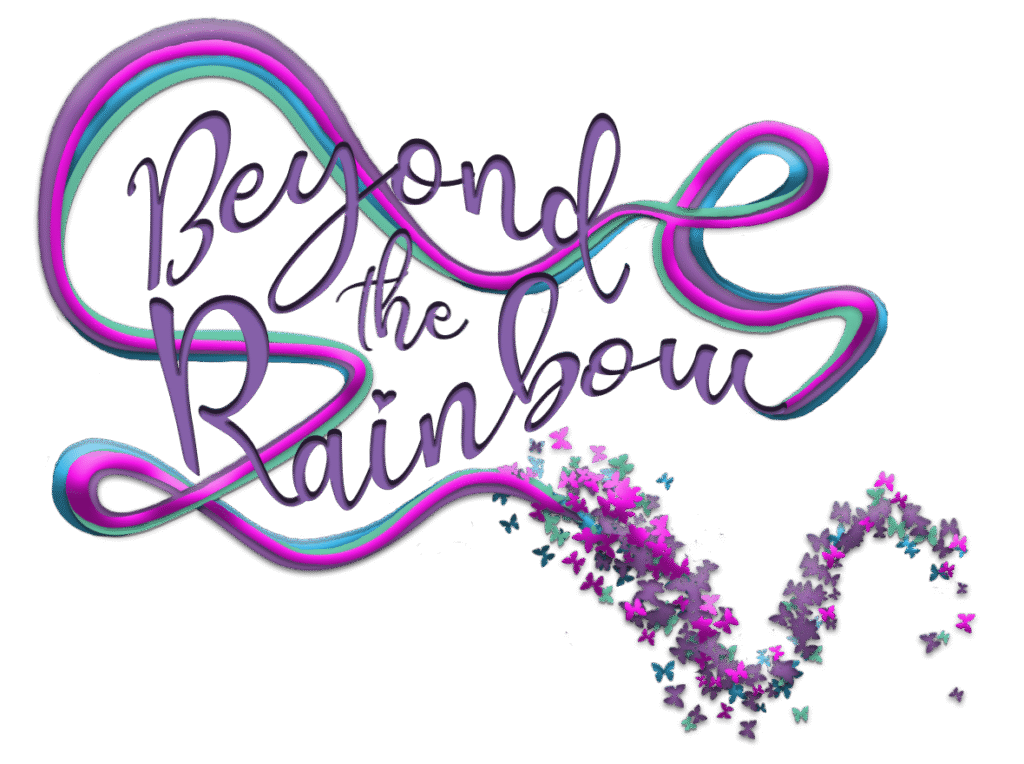About Us
- Home
- About Us
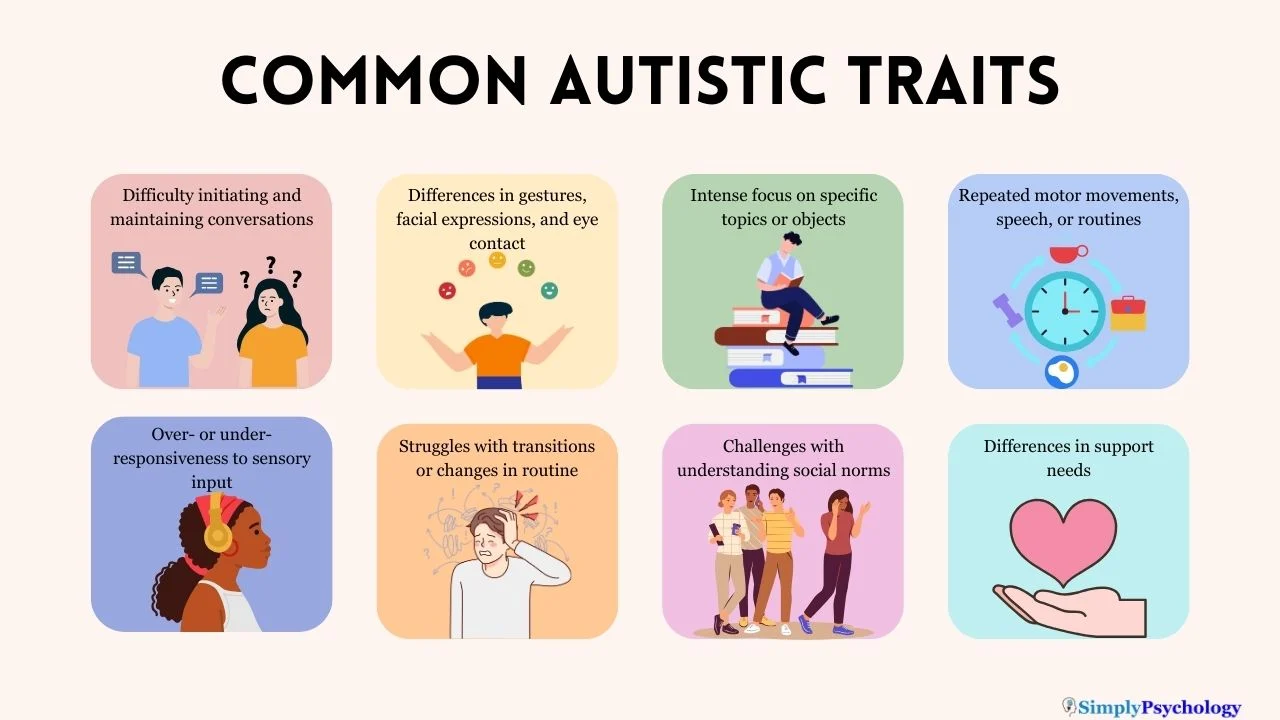
What Is ABA?
We stand at a pivotal point in history right now. ABA has NOT always been done right. The science is solid, but the way it has been executed has not always been and can still be problematic. In more recent times, there has been a huge move for trauma-informed care, training on assent, and the critical role of compassion. I’ve seen this field make improvements, not always “company-wide,” but with passionate individual therapists who have their hearts in the right place that model what ABA can and should look like for others.
However, the past has a voice. Children of the past have grown up now. They also have something people in the past didn’t have—social media. Their traumatizing confessions and hatred towards the field of ABA are justified and absolutely should be heard. A huge part of the solution is education to society at large. As more and more people become educated on autism, THEIR behavior towards it and expectations will change, which in turn will not put as much pressure and urgency on caregivers of children on the spectrum to make their child seem as neurotypical as possible. For example, everyone has self-stimulatory behaviors (aka: stimming), such as tapping a pencil on a table when bored, twirling hair, cracking knuckles repeatedly, or bouncing a leg when anxious. And society accepts stimming…when it’s behaviors people are used to seeing and don’t exceed a certain magnitude. For example, it could be easily overlooked if I twirled my hair once or twice during a job interview, but if I did it the entire time, it would be noticed and the interviewer would likely deduct something along the lines that I was nervous, perhaps not self-confident enough for the job, and I may be easily passed over for a candidate whose behavior came across to the interviewer as more competent.

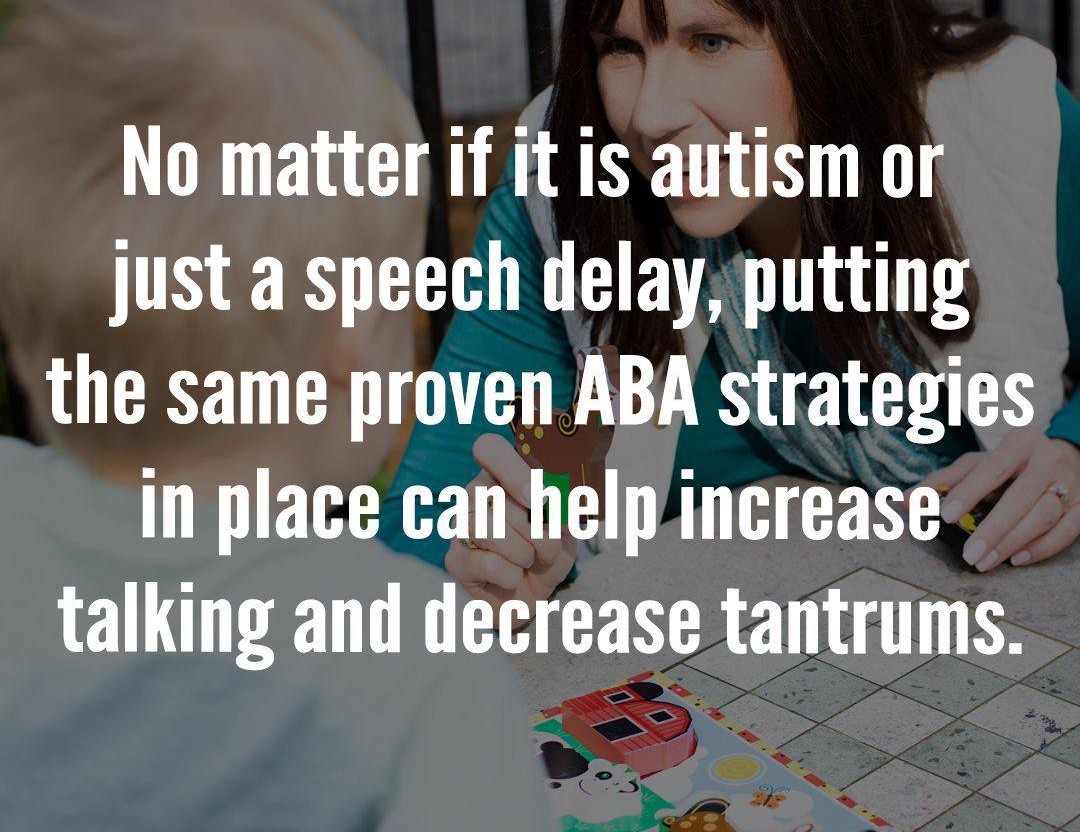
No caregiver wants their loved one to be ostracized, made fun of, struggle making friendships or securing a job, and to generally lead of a life of struggle, so it makes sense that in a society that responds to autism in such a way, not just to the person with autism but often to the other family members as well, caregivers and professionals alike can feel an urgency to behave in a way they believe will prevent that outcome. Often, lessons can only be learned in hindsight, and must be learned in order to make positive changes. I’ve also witnessed times when professionals gave sound recommendations, but due to the pressure of pleasing the family and embracing their priorities even when not best practice, they have given in and services were then delivered in a way that caused more harm than good. Continuing with the example of stimming, if hand flapping is what helps a child regulate their emotions and calm themselves down, perhaps when undergoing sensory overload (e.g., fluorescent lights and loud noises at Walmart), blocking a child from doing that, or even punishing them to discourage it, can not only be traumatic but does not offer a solution or a way for that child to calm themselves down, which would only cause a bigger problem! Replacement behaviors that are more “socially acceptable” can be taught, but if they don’t work for the individual, they are not a solution. If the stim, such as hand flapping, is not causing anyone harm, the outcry from the autistic community is that SOCIETY should change, not the child, and stop delivering judgement and demanding the child be just like “everyone else.” Also, what if the stim was a way for the child to communicate their feelings if they didn’t currently have a way to verbalize those feelings, or even a way to manage pain?
Using my own son on the spectrum as an example, one of his greatest joys since he was little has been searching for bugs. I used to receive many concerns from school teachers that he would not play with the other kids on the playground but would stay away from them and walk near the fence-line, searching for bugs. Picking battles and stepping back to see “the big picture” is critical when assessing how to address concerns. I believe history has proven time and again that humans are predictable for often making choices on one side of the extreme or the other and finding “balance” is a struggle. I could have chosen the following perspective and focused my energy on “breaking” his “weird bug-fixation,” forcing him to play with kids to the point that the idea of playing with kids became punishing and the thing he had the most passion for be crushed right out of him. I could have gone the other extreme and had no concerns at all and allowed his passion to flourish, but him grow up ill-equipped at social interactions and face a reality that he could not function with other people well enough to get a job or be a part of society in a way he found meaningful. Although he’s only 13 now and his story is nowhere near over, I’d like to think I navigated choices in a balanced manner, teaching him social skills while also allowing his bug hobby and giving him plenty of free time to do his “rambling” through nature.
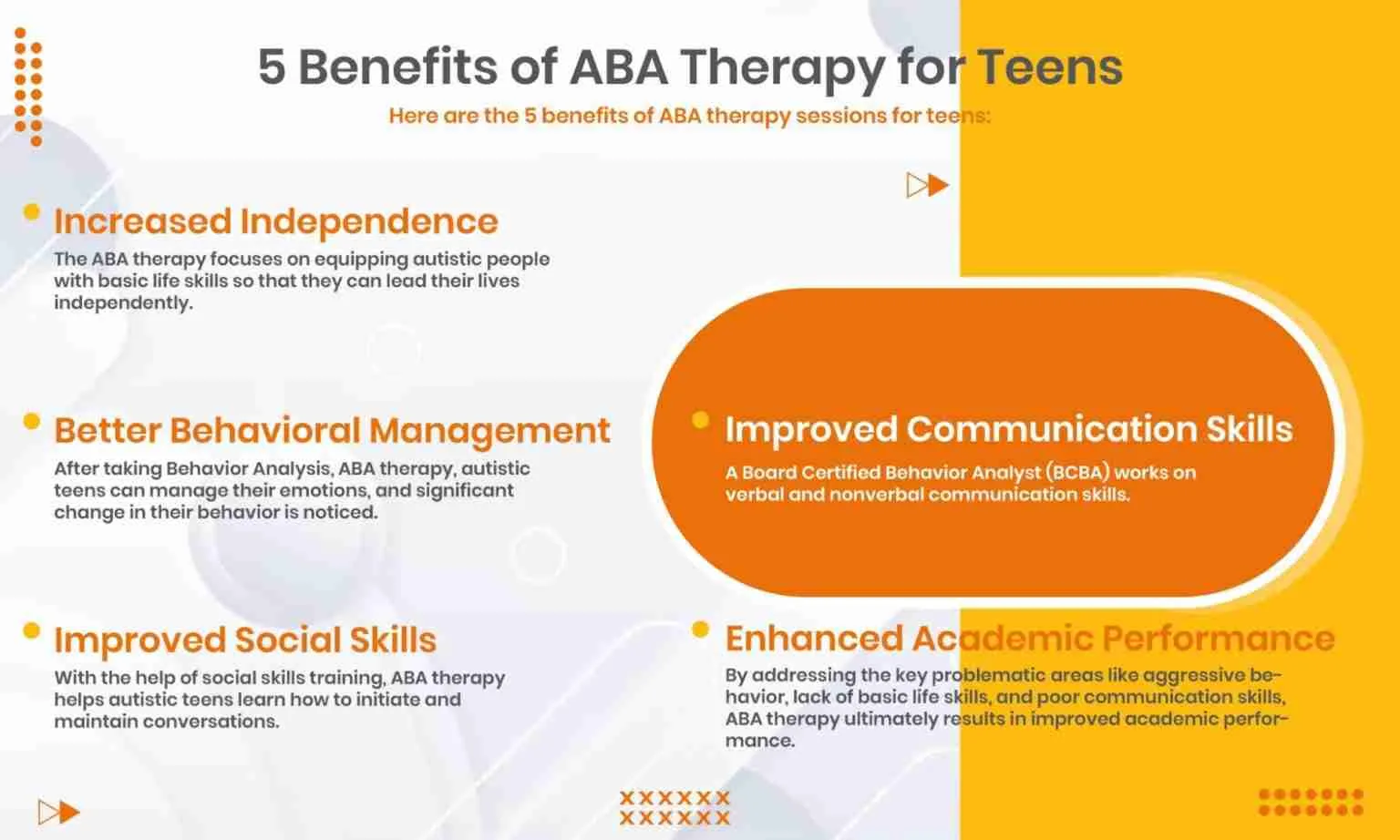

We still have plenty to work on as each new period of growth and maturity and progress comes with challenges still-in-progress but also new challenges, BUT, I see a child that at times can greatly enjoy and sometimes even seek the friendship of others while STILL having a passion for roaming the woods, emerging with 6 lizards clung to his body (willingly it would seem!) and having found arrowheads and tribal pottery artifacts! His ability to see and find things like this on the REGULAR is so special and downright amazes me! I feel SO grateful I didn’t let people in the past bully me into stopping him from being “weird/unsocial.” I’m reminded of a kaleidoscope. If we hold one and look at it from the outside, it might just look like a bunch of random stuff inside and us not understand why it’s all there. But if we hold it up to the light and peer inside, we SEE what it was all meant for and how stunning it is, shining with purpose! As caregivers, we have to pour into OURSELVES what nurtures US looking at our children with the correct perspective, never failing to see what they may not be TELLING US, but be SHOWING us.
Beyond the Rainbow is dedicated to delivering a service model that illuminates it’s not the science of ABA that’s the problem, and when done right, the benefits are life-changing, for the person receiving services AND their loved ones! We are a company that will work hand in hand with the caregivers to address the individualized priorities of each family, but we will also advocate for best practice and always explain the why behind our recommendations. We see a huge component of helping people with autism being educating the community at large. We aim to provide quality services in a sustainable way that disseminates passionate care and, over time, be a part of those out there that will show the world what ABA should look like, not restoring its reputation, but acknowledging the mistakes that have accompanied it while creating something new.
